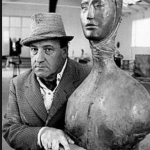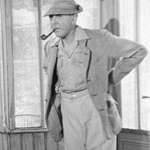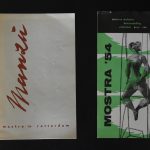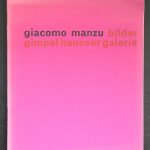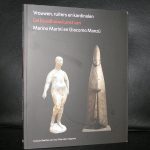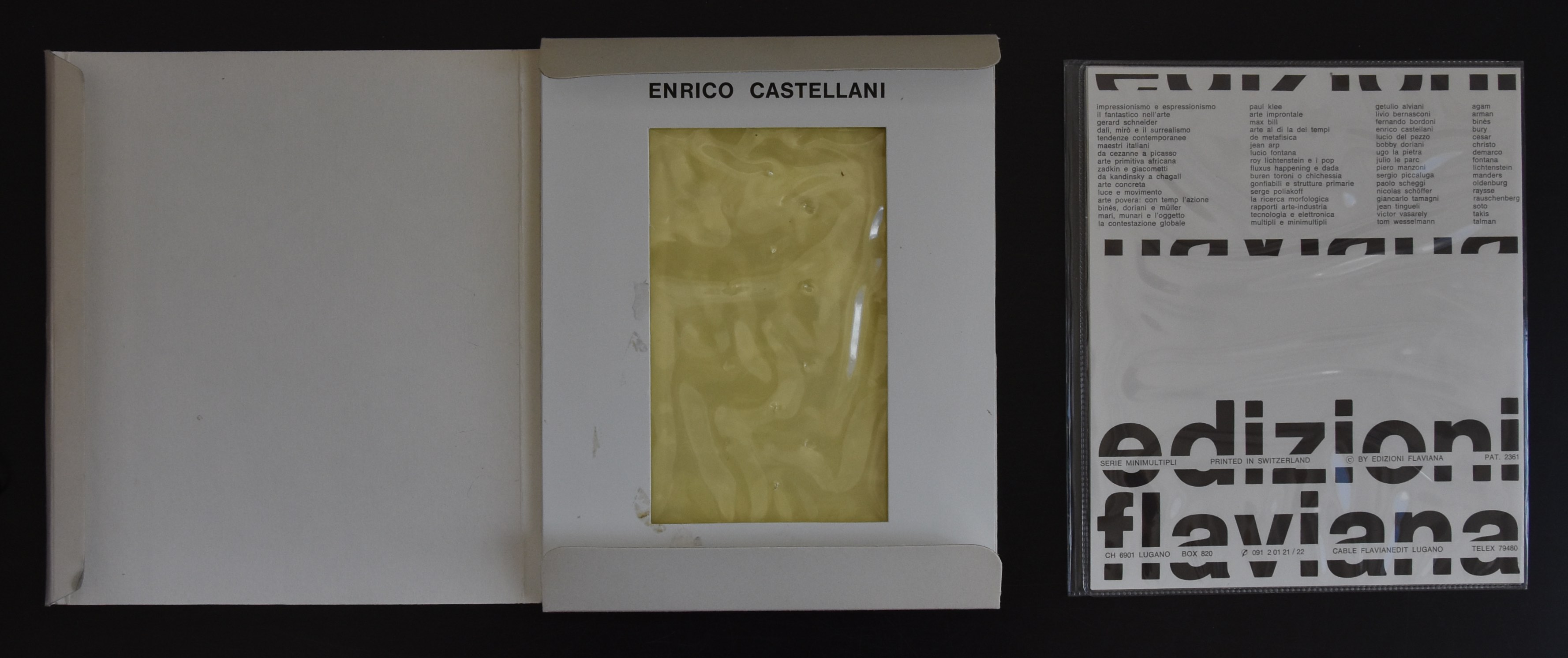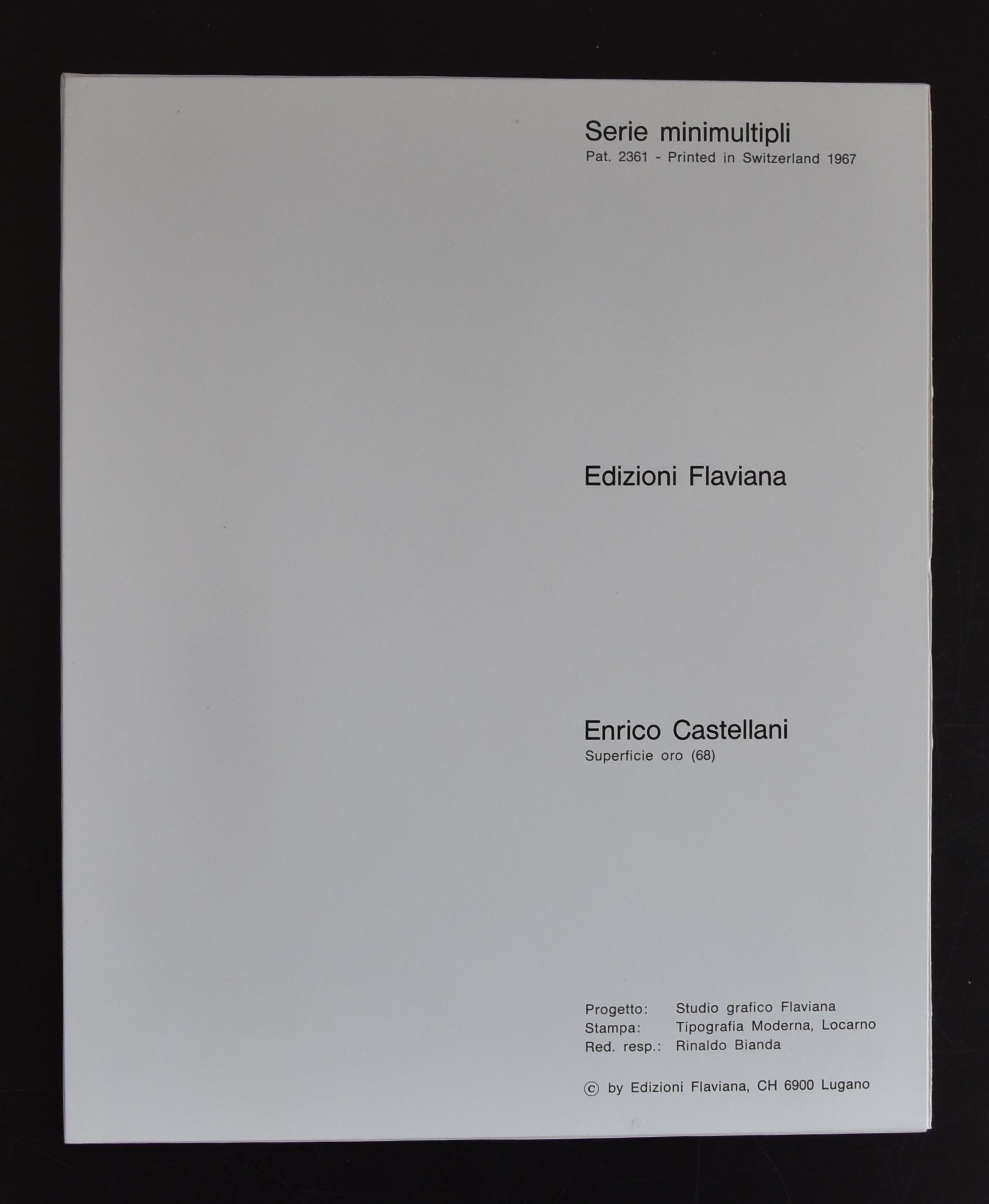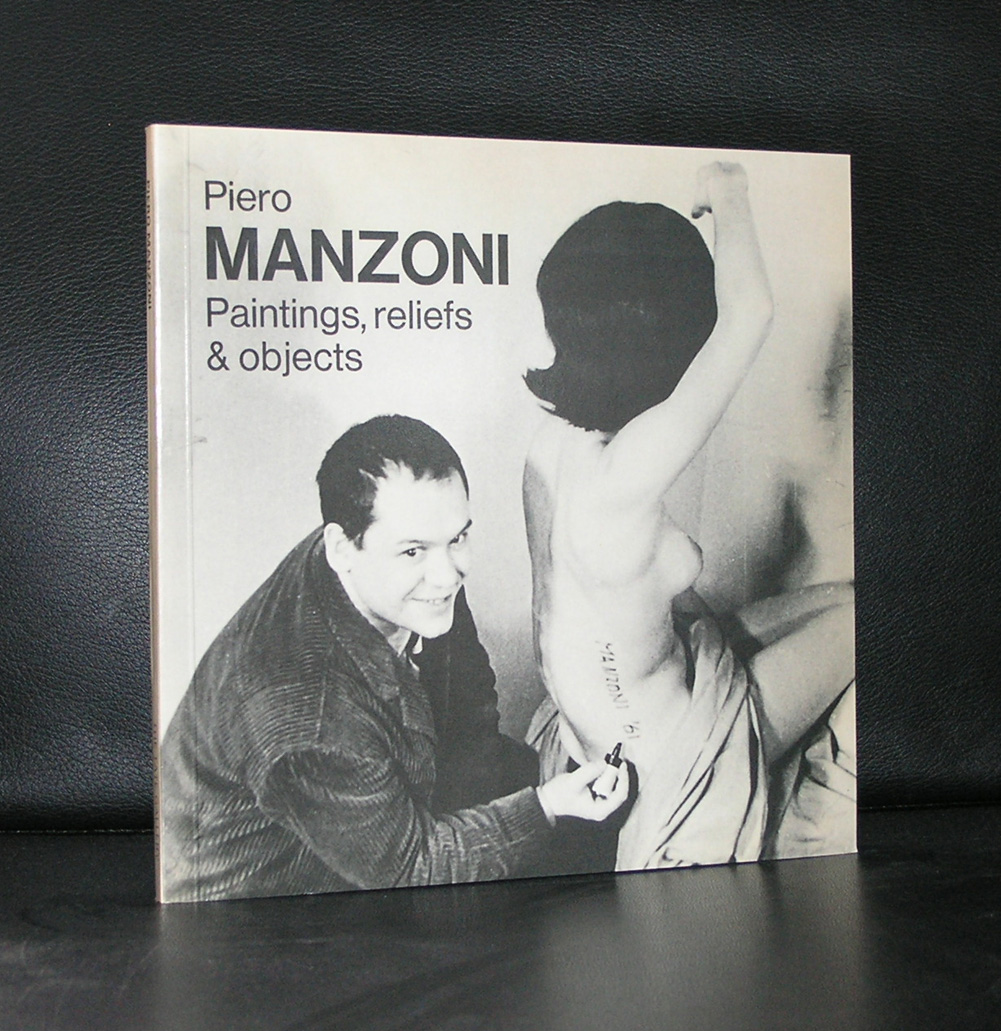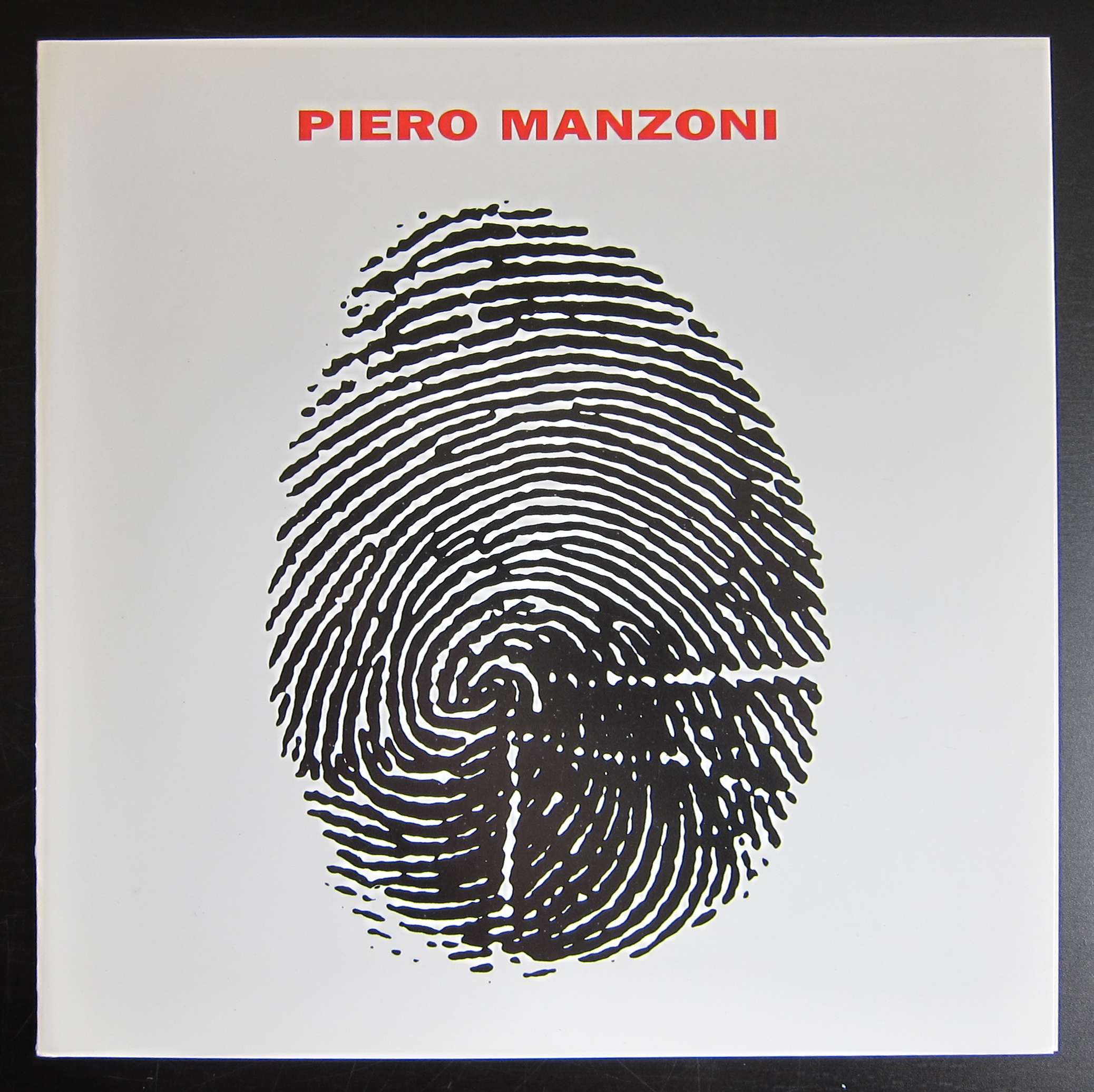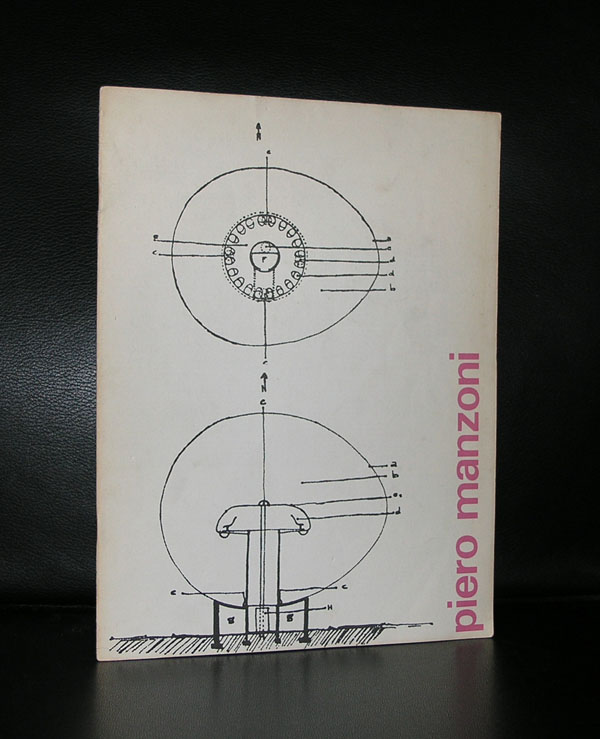
You may be familiar with the phrase “money for old rope.” Perhaps you’ve had the good fortune of selling some of your old belongings at a car boot sale and making a surprisingly profitable sum. I know I have – who could have guessed that there would still be a demand for dusty old VHS tapes? But today, we will delve into the tale of a man who took this concept to a whole new level, selling his own excrement as art and raking in a hefty profit, I might add.
In 1961, an Italian artist by the name of Piero Manzoni jumped on the bandwagon of contemporary abstract and conceptual art by collecting his bowel movements in steel cans. Now, one can may seem absurd, but a collection of movements preserved in multiple cans – well, that can only be the work of a true genius.
The project was aptly titled “Artist’s Shit” and consisted of 90 numbered cans filled with sewage. Each can was ironically labeled in English, German, and French, mimicking the packaging of a food product, with the statement: “Artist’s Shit, contents 30 gr net freshly preserved, produced and tinned in May 1961.”
Modern art enthusiasts and eccentric individuals of the time praised Manzoni for his sociopolitical statement (or dirty protest, some would say). They also admired him for infusing a deeply personal element into his work. One such individual, Alberto Lucia, even exchanged 30 grams of 18-karat gold for one of Manzoni’s limited edition cans. While Manzoni only made around $37 from the sale due to the price of gold at the time, the same amount today would be worth approximately $1,400.
Manzoni’s bizarre idea is said to have originated from a conversation with his father, who owned a cannery and disapproved of his son’s artistic pursuits, telling him, “Your work is shit.” In a strange turn of events, Manzoni seemingly took his father’s criticism as inspiration and set out on his rather unpleasant business venture. One can only hope that he took precautions to ensure his cans were stored far away from his father’s factory or that he thoroughly cleaned any machinery used in the process.
The actual increment of gold’s value within the timeframe of 2000 to 2016 remains a mystery to me, but I am confident that Manzoni’s unconventional project has exceeded its worth.
Amidst skepticism surrounding Manzoni’s work, doubts arise over the contents of his cans, allegedly filled with excrement. Alas, the steel cans prevent the use of X-rays to ascertain their contents. However, one can did burst, revealing only plaster, much to the chagrin of its owner and the relief of the cleaner.
Manzoni’s artistic endeavors also included signed hard-boiled eggs with his unique thumb impression, a collection of inflated balloons containing his breath, and a colossal block of concrete with a meticulously etched 7,200-meter line. As a true Dadaist, Manzoni favored absurd ideas over traditional artistic talent. As he famously declared in reference to his work “Artist’s Shit,” “I sell an idea, an idea in a can.”
Tragically, Manzoni’s untimely death in 1963 at the young age of 29 due to a heart attack. However, his legacy lives on, preserved in 89 steel cans worth $300,000 each, a massive concrete block, and a collection of boiled eggs.
In 2000, the Tate museum in London purchased one of Manzoni’s cans for $30,000 – a reasonable price compared to the record-breaking sale of $300,000 at an auction in Milan in 2016.
www.ftn-books.com has some nice Manzoni titles available.





